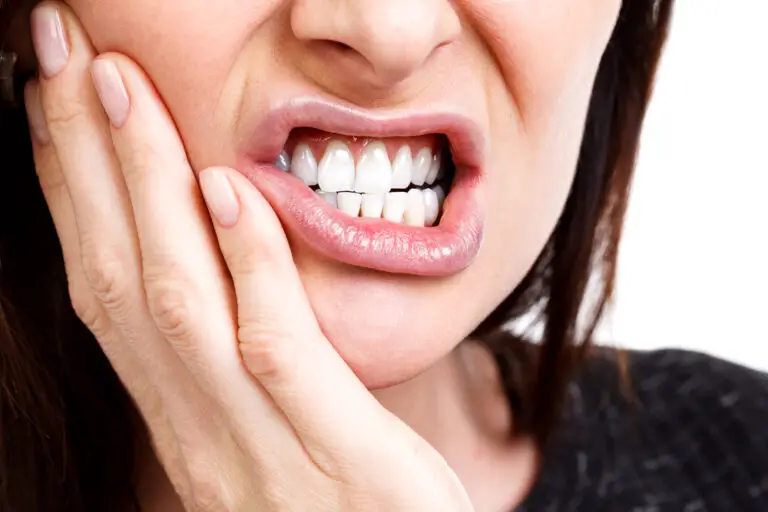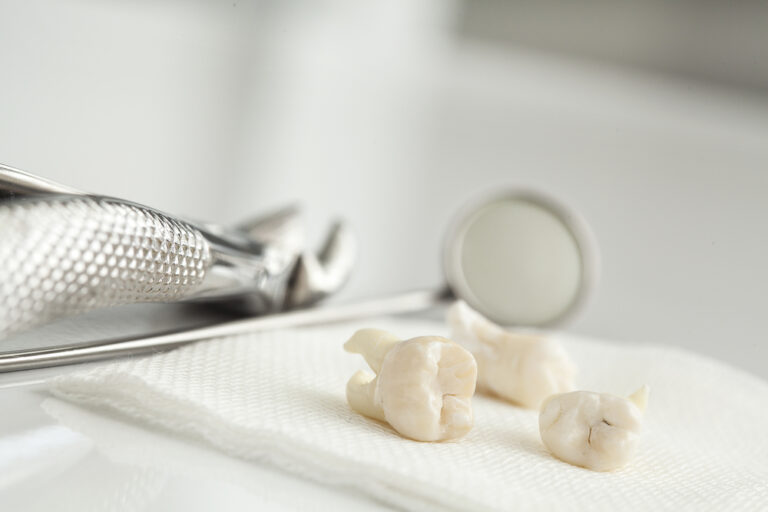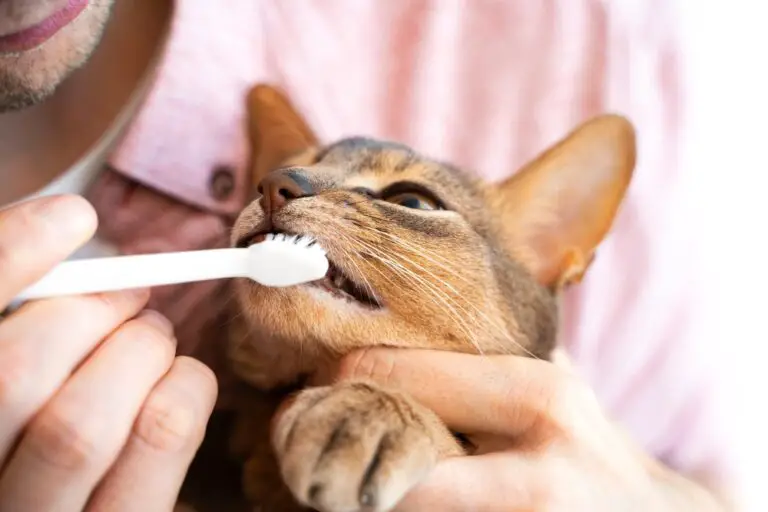What is Plaque and How Does it Form?
The white material that forms on teeth is called plaque, which is a biofilm containing bacteria, saliva, and food debris that sticks to the tooth’s surface. Plaque begins to form right after you brush or floss your teeth. The bacteria in your mouth start to multiply and cover the surface of each tooth, feeding on sugary foods in your diet. As more bacteria and debris accumulate, this sticky biofilm cements onto the tooth’s enamel.
Within 24 hours, minerals in your saliva harden the plaque into tartar or calculus. Plaque buildup is an inevitable natural process, but excessive accumulation can lead to serious dental problems.
Causes and Risk Factors for Plaque Buildup
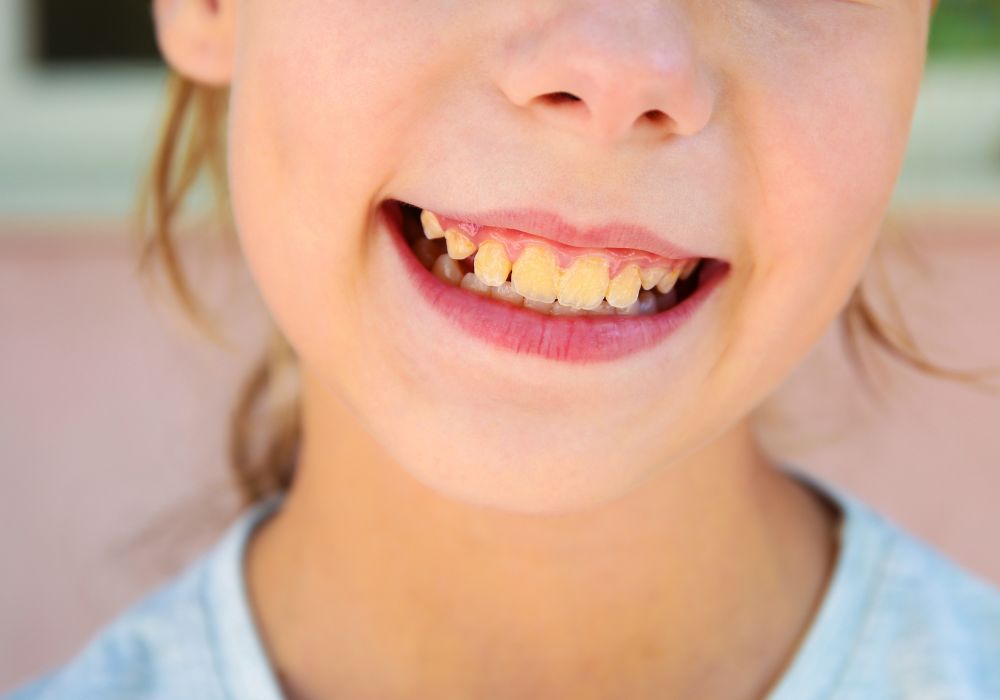
There are several factors that contribute to plaque accumulation on the teeth:
- Poor dental hygiene – Inadequate brushing and flossing allows plaque to build up rapidly. Missing hard-to-reach areas like the back molars or behind the front teeth enables plaque to thrive.
- High-sugar diet – The bacteria in plaque feed on carbohydrate-rich foods like bread, pasta, soda, candy, and fruit. Frequent snacking or sipping on sugary drinks provides an ideal environment for plaque to multiply.
- Dry mouth – Saliva helps cleanse the mouth of food debris and neutralize plaque acids. Certain medications, medical conditions, mouth breathing, and aging can cause chronically dry mouth allowing plaque to accumulate faster.
- Misaligned teeth or dental appliances – Crooked teeth, gaps, braces, bridges, dentures, and other appliances make plaque removal more challenging allowing buildup.
- Improper brushing – Using a worn-out toothbrush with frayed bristles or brushing with incorrect technique prevents thorough plaque removal. Rushing through brushing fails to disrupt the plaque biofilm.
- Tobacco use – Smoking introduces unhealthy substances into the oral environment encouraging plaque growth. Chewing tobacco also leaves residue that contributes to buildup.
How Plaque Buildup Causes Decay and Gum Disease
Plaque that is left on the teeth mineralizes into tartar that cannot be removed by brushing or flossing alone. The plaque bacteria continue multiplying and release acids as they digest sugar. These acids erode tooth enamel in a process called demineralization. The more times you eat or drink per day, the more often an acid attack occurs.
Over time, this acid eats away at the enamel and leads to tooth decay. Decay results in cavities, toothaches, and eventually complete tooth loss if the decay reaches the interior pulp. Plaque below the gumline also causes gingivitis or inflammation of the gums. This can progress to advanced periodontitis and destruction of the gums and jawbone that support the teeth.
Signs You Have a Plaque or Tartar Buildup Issue
Some signs that you may have a plaque or tartar issue that needs attention include:
- Visible white or yellow deposits on your teeth
- Chronic bad breath or a bad taste in your mouth
- Puffy, red, or bleeding gums
- Increased tooth sensitivity to hot or cold foods
- New cavities forming during dental checkups
- Gaps forming between teeth or teeth feeling loose
Plaque and tartar buildup often produce no obvious symptoms until more advanced decay or gum disease sets in. Visiting your dentist regularly allows them to spot problems early before you notice any signs.
When You Should Brush and Floss to Control Plaque
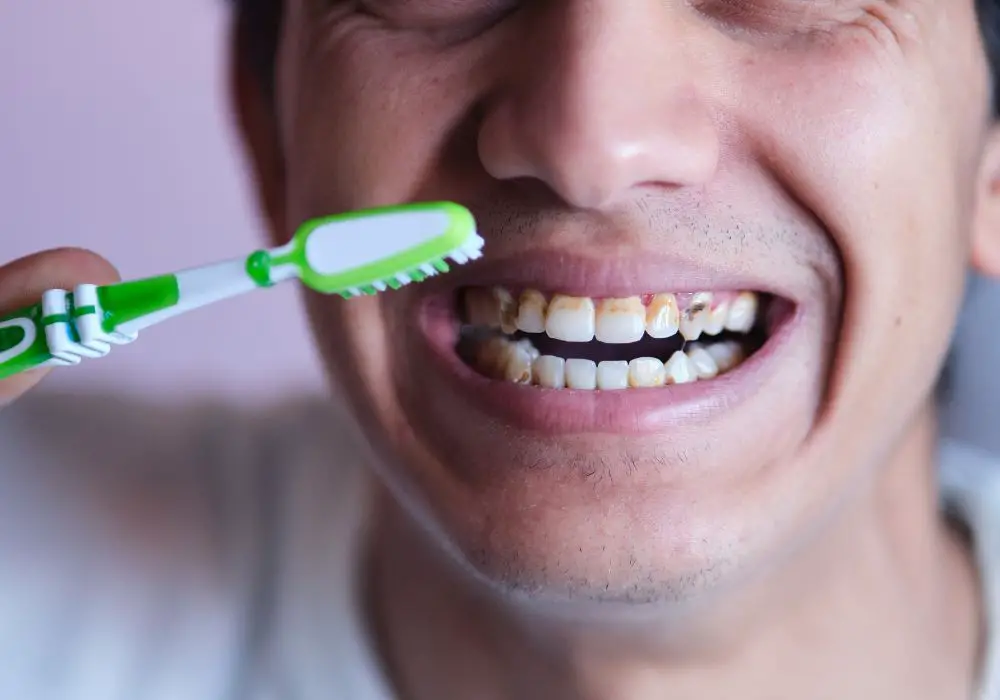
Ideally, you should brush your teeth twice a day for two minutes each time. This helps clear away new plaque before it can accumulate and harden into tartar. Brushing first thing in the morning removes the plaque that built up on your teeth overnight.
Brushing again before bed helps clean away any food debris, plaque, and acids from eating and drinking throughout the day. If possible, it’s best to brush after each meal for the most thorough plaque removal. At minimum, swish vigorously with water after eating to help dislodge some food particles if you cannot brush right away.
You should also floss at least once per day, preferably before bedtime. Flossing clears away plaque from between teeth and just below the gumline where your toothbrush cannot reach. It helps clean out food particles that get trapped and start to decay.
Regular brushing morning and night plus daily flossing provides optimal prevention against plaque and tartar buildup.
How to Brush and Floss Properly to Remove Plaque
In addition to frequency, technique is equally important to disrupt plaque effectively. When brushing your teeth:
- Use a soft-bristled toothbrush and replace it every 3-4 months
- Position the brush at a 45-degree angle aimed toward your gums
- Gently move the brush in short strokes covering all surfaces – front, back, top, and along the gumline
- Take your time and brush for a full 2 minutes
- Apply gentle pressure – letting the bristles do the cleaning
- Focus on areas where plaque builds up most – behind molars and lower front teeth
- Don’t rush through brushing – set a timer if needed
With flossing:
- Use 18-inches of floss wrapped around middle fingers and thumb
- Work the floss gently up and down between teeth toward the gums
- Curve the floss into a C-shape around each tooth to clean alongside the gumline
- Take care not to snap the floss down which can damage gums
- Rinse away dislodged plaque and food debris
- Floss carefully around dental work like bridges or braces
How Diet Impacts Plaque
Certain foods help cleanse the mouth and teeth while others promote plaque buildup. Avoid frequent snacking and sipping on foods high in sugar and carbohydrates. Bacteria feed on sugars to produce plaque-causing acids. Examples include cookies, candies, sodas, juices, pasta, bread, crackers.
Consume more crunchy fruits and vegetables like apples, carrots, or celery which help scrub the teeth. Dairy products contain enamel-strengthening calcium and phosphate. Drinking green tea introduces antibacterial compounds to combat plaque. Water washes away food particles. Lean proteins like meat, eggs, nuts, fish contain phosphorus for healthier teeth.
Professional Dental Cleanings
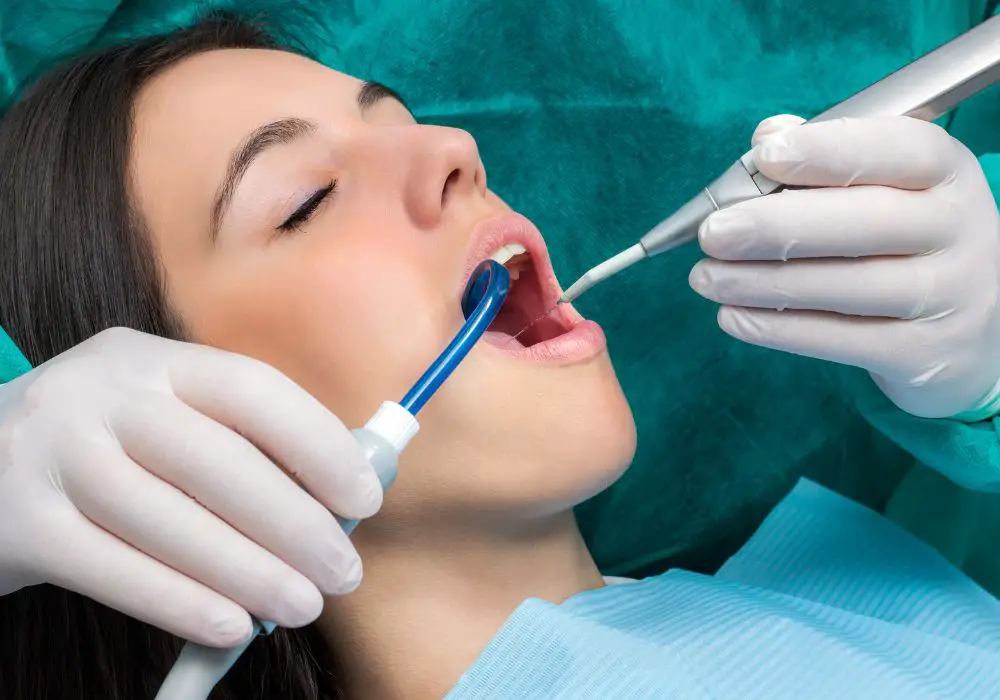
While diligent daily oral hygiene limits plaque buildup, some accumulates in hard-to-reach areas and calcifies into tartar that cannot be removed at home. Regular professional cleanings every 6 months are key to controlling tartar.
The dentist or hygienist will use specialized tools to:
- Remove tartar above and below the gumline
- Polish away stubborn stains
- Smooth roughness on enamel
- Apply plaque-revealing dental disclosing solution
This allows thorough cleaning and removal of decay-causing plaque. Regular cleanings protect your oral health between daily brushing and flossing. Keeping up your daily regimen and 6-month professional cleaning schedule prevents plaque issues.
Whitening Treatments for Removing Surface Stains
While plaque and tartar need to be cleared away through mechanical cleaning, surface stains on the enamel can be lightened with whitening treatments. These may be professionally administered or home-based whitening kits.
Common options include:
- In-office laser whitening – Uses hydrogen peroxide gel and a special light to deeply whiten in 1 visit.
- Custom-fitted whitening trays – Wear ultra-concentrated bleaching gel in trays for a few hours daily.
- Whitening strips – Apply adhesive strips coated with hydrogen peroxide to teeth.
- Whitening toothpastes – Contain mild polishing agents and low percentages of hydrogen peroxide.
- Natural whitening – Makes a paste using items like baking soda, lemon juice, strawberries.
When used as directed, whitening treatments are safe for most people to brighten teeth a few shades lighter. They cannot change the inherent tooth color or whiten artificial teeth.
Developing an Effective Oral Hygiene Routine
Preventing plaque comes down to developing a thorough daily oral hygiene routine and having professional cleanings. Here are some tips for an effective routine:
- Brush twice daily for 2 minutes with proper technique
- Floss once daily before bed with care
- Use fluoride toothpaste and mouthwash
- Clean between teeth after meals with floss picks
- Swish daily with an antiseptic mouthwash to reduce bacteria
- Drink water after eating and avoid constant snacking/sipping
- Use a tongue scraper to remove bacteria-harboring debris
- Get dental cleanings and exams every 6 months
- Inform dentist of any oral health changes at appointments
Sticking to a consistent hygiene regimen disrupts plaque before it can do damage. Partner this with a smart dietary approach, visiting your dentist regularly, and getting prompt treatment if issues arise. Making oral health a priority helps defend against the problems plaque can cause.
Frequently Asked Questions About Plaque
How do I know if I have plaque buildup?
Some signs you may have plaque accumulation that needs removal include visible debris on your teeth, chronic bad breath, inflamed gums, tooth sensitivity, and new cavities at dental visits. Getting a professional dental cleaning allows the hygienist to identify any concerning buildup.
What is the fastest way to remove plaque?
While there are no shortcuts, the most effective way to thoroughly remove plaque in the shortest time is through a professional dental cleaning. The specialized tools performed by a dentist or hygienist allow precise tartar removal above and below the gums. But you still need to brush and floss thoroughly daily between visits.
Can I brush plaque off my teeth?
Yes, you can disrupt and remove some plaque by brushing your teeth properly twice a day. Effective brushing with proper technique can remove much of the soft plaque before it hardens into tartar. But brushing alone is not enough, you also need to floss daily and get regular professional cleanings to fully control plaque.
How can I get rid of plaque on my teeth permanently?
There is no permanent way to eliminate plaque since it naturally forms continuously as bacteria coat the teeth. The key is removing plaque effectively before it causes harm by brushing and flossing twice daily, using antiseptic mouthwash, eating a cleaning diet, and getting professional cleanings every 6 months. This keeps plaque under control.
Why do my teeth feel fuzzy with plaque?
The gritty, fuzzy feeling on your teeth is likely an accumulation of plaque biofilm. The bacteria secrete a sticky substance that allows them to adhere in a plaque matrix on the tooth surface. Brushing properly with toothpaste has an abrasive effect that helps remove this fuzzy sensation by disrupting the plaque. Flossing also helps clean away plaque biofilm from between teeth.




